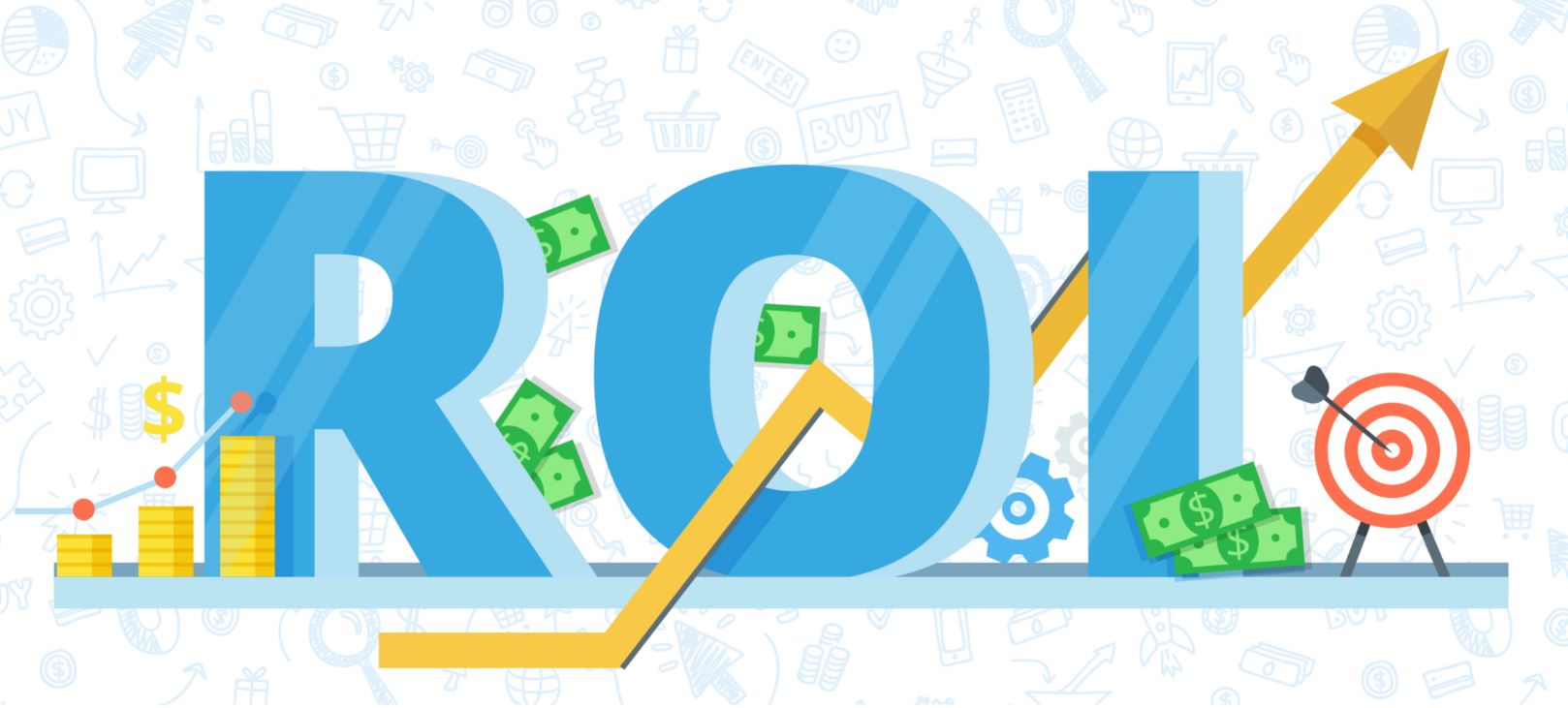So remember, we are still in an ideal scenario
You know all the future earnings of a company… perfectly. Now what do you do with this information?
One strategy is to calculate the intrinsic value of a company. Intrinsic value can be calculated in many ways. One way is to take the book value of the company + the earnings of the company DISCOUNTED by the opportunity cost of a different, risk-free investment. This is a simplified example, but use it as a baseline to start learning to invest.
You have $1000. You can buy U.S. Treasury bonds (which are only kind of 'risk free'. If they fail, the country falls into apocalypse anyways, and the stock market is the first thing the zombies destroy).
Bonds earn you a guaranteed $20 a year.
You can also buy 1 share of stock at $1000. You have perfect knowledge of this stock and know it’s book value is $500/share and will earn $60/share a year. Should you buy the stock? Since we know the bond's return over 10 year, let's calculate the intrinsic value over 10 years into the future:
$500 price + ($60 earnings per year - $20 risk-free earnings per year) * 10 years = $900
No! The intrinsic value is less than the $1000 price. Buy the bonds and wait for this stock’s price to adjust. Why did we subtract the risk-free earnings? What if the stock's earnings was only $20. That means a risky stock is paying the same as a risk-free bond! Hence, we substract out risk-free earnings to understand the risk vs. reward.
 To get a positive return on investment, you must understand a company
To get a positive return on investment, you must understand a company